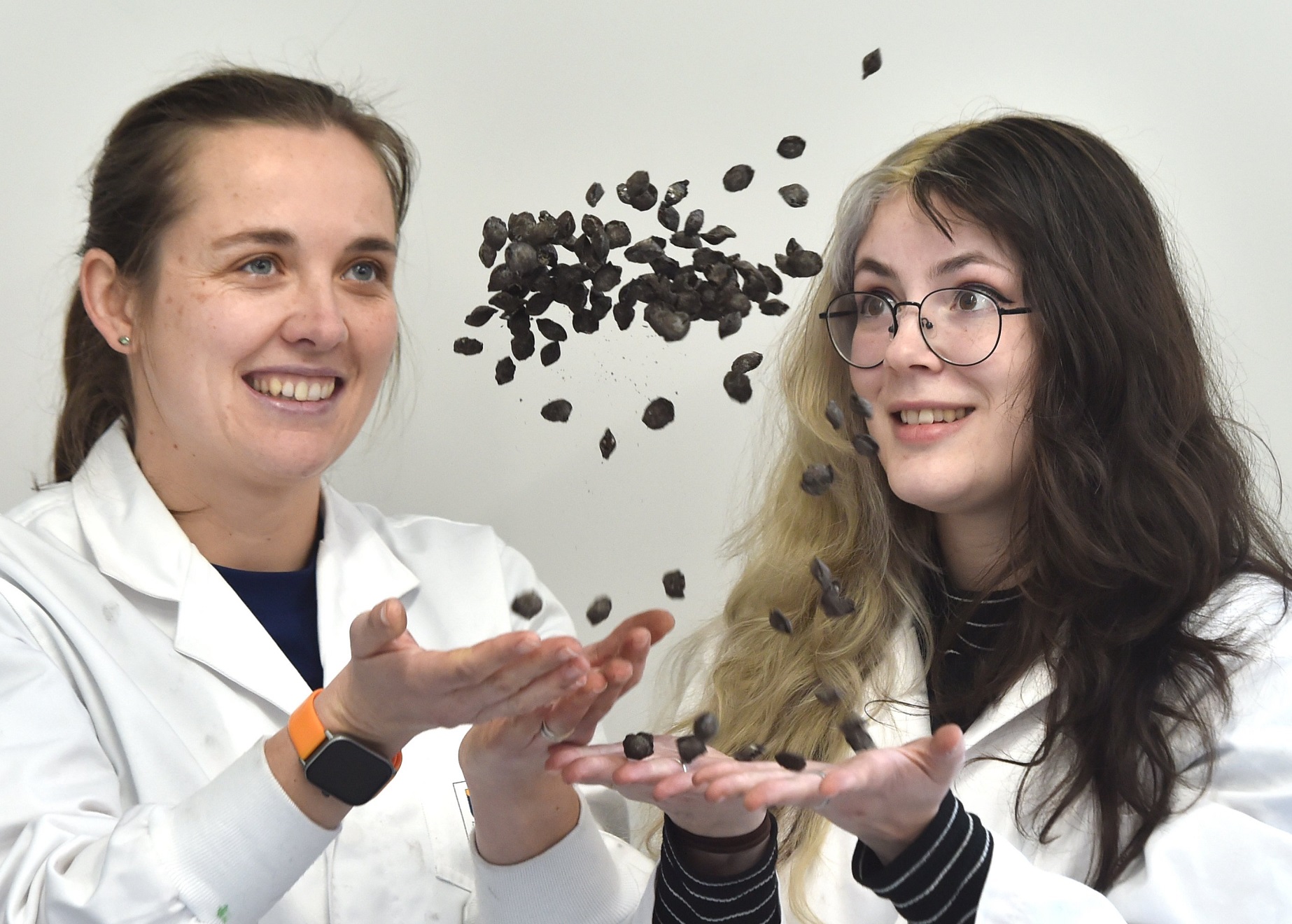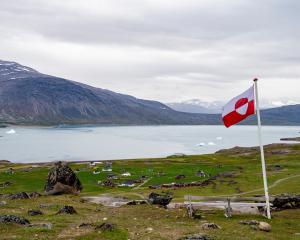From a distance, they look like all of the above, but they are actually pods containing native plant seeds that can be dropped in hard-to-reach places using drones.
University of Otago botany researchers are putting their green thumbs together to find the perfect mix of clay and fertiliser coating, that will suck up moisture, break down and help germinate native seeds.
Otago plant ecology researcher Associate Prof Janice Lord said it was part of the Native Seed Pod Production and Dispersal (NSPPD) programme which aimed to spread significant quantities of native seeds and accelerate large-scale natural regeneration and native afforestation projects — particularly in steep, erosion-prone or difficult-to-access sites.

"So we are encapsulating them into pods with various other sorts of components and optimising what happens to the seeds when they get dropped from the drones.
"Our involvement is we’re looking at what happens to the seeds in the pods and getting the pod mix right," she said.
"We’re basically trying to give them their own little patch of seed-raising mix."

"We’ve been looking at the mechanics of different ratios and different additives to get that sweet spot where the pod holds together but then falls apart nicely."
Some of the pods were already being trialled at Waituna Lagoon, in Southland, she said.
The project is being jointly progressed by the Ministry for the Environment, the Department of Conservation, Ahikā Consulting Ltd and conservation technology company Envico Technologies Ltd.

Assoc Prof Lord said the project would be particularly helpful in stabilising soil following the landslips across the North Island following Cyclone Gabrielle earlier this year.
She said it could also be used to introduce native species that may have been lost to an environment, make it more financially viable to convert unproductive farmland into native forest for carbon sequestration, and it could be used to restore land affected by fire or flood.












